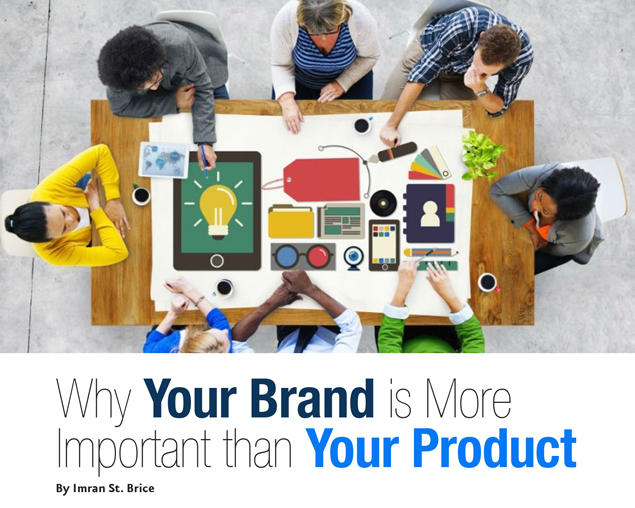
Out of the many dynamics of entrepreneurship, branding and product are crucial to business growth. How you develop them will determine not only how successful your business is likely to be but also people’s perception of your product/service.
In an ideal world, your relatively superior product is going to attract customers and keep them coming back for more. But as you know, this thought overlooks the brand factor that we all pay so much attention to.
Here’s how Seth Godin defines it: “A brand is the set of expectations, memories, stories and relationships that, taken together, account for a consumer’s decision to choose one product or service over another.” So, if you thought your brand was just your logo, think a bit deeper.
The truth about brands and products are that people are more interested in buying into a particular lifestyle than a good product. For example, you’re going sneaker shopping with a fair amount of money to spend. Air Jordan or Puma? As long as you’re aware of the two brands and the lifestyles they represent, you’re going to grab those Jordan sneakers. The Puma may be just as comfortable, probably more attractive, possibly even more affordable, but what draws so many customers to brands like these is the lifestyle that they represent, and people are willing to pay the price for it.
Does this mean a lackluster product will generate booming sales if the brand is top-notch? Not exactly. Quite a few of the brands that we love now started off with an ‘okay’ product and a stellar brand idea. They build on that brand until they get to a point where it is almost infallible, causing sales to naturally pour in.
 So how exactly does this come to be? One of the most effective ways is through advertising. The stories you tell and the messages you send out in every second of your ad will have an effect on what your brand is perceived to be.
So how exactly does this come to be? One of the most effective ways is through advertising. The stories you tell and the messages you send out in every second of your ad will have an effect on what your brand is perceived to be.
More specifically, your goal should be to INSPIRE, not INFORM. Listing facts about your product can be plausible, but the defining moment is when you can convince your audience that this fact/product can add value to your life.
Another helpful tip is to develop a highly human connection between your brand and your intended audience. Most ads from the brands that we love feature actual people in real-life situations, sometimes similar to what we go through. Alternatively, good ads show us what a particular product could add to our lives. Another example; Red Bull, or even Gatorade ads, associate an incredible athlete’s lifestyle with the product. It’s that simple. Portraying a fun, extreme, competitive lifestyle and then appropriately tossing your product in there as a medium for attaining that lifestyle, is how consumers are convinced to buy into your brand and not just your product.
How do you apply this? It all starts before you grab a camera to start shooting a gripping ad. Instead, consider your product and determine how it can improve on someone’s life, enough that they would care about it. Position yourself as the brand of choice for everyone sharing the suggested mindset and lifestyle. In addition, understanding your customers’ needs and using that information to create a unique and relatable voice for your company, sets you apart and builds customer loyalty.

